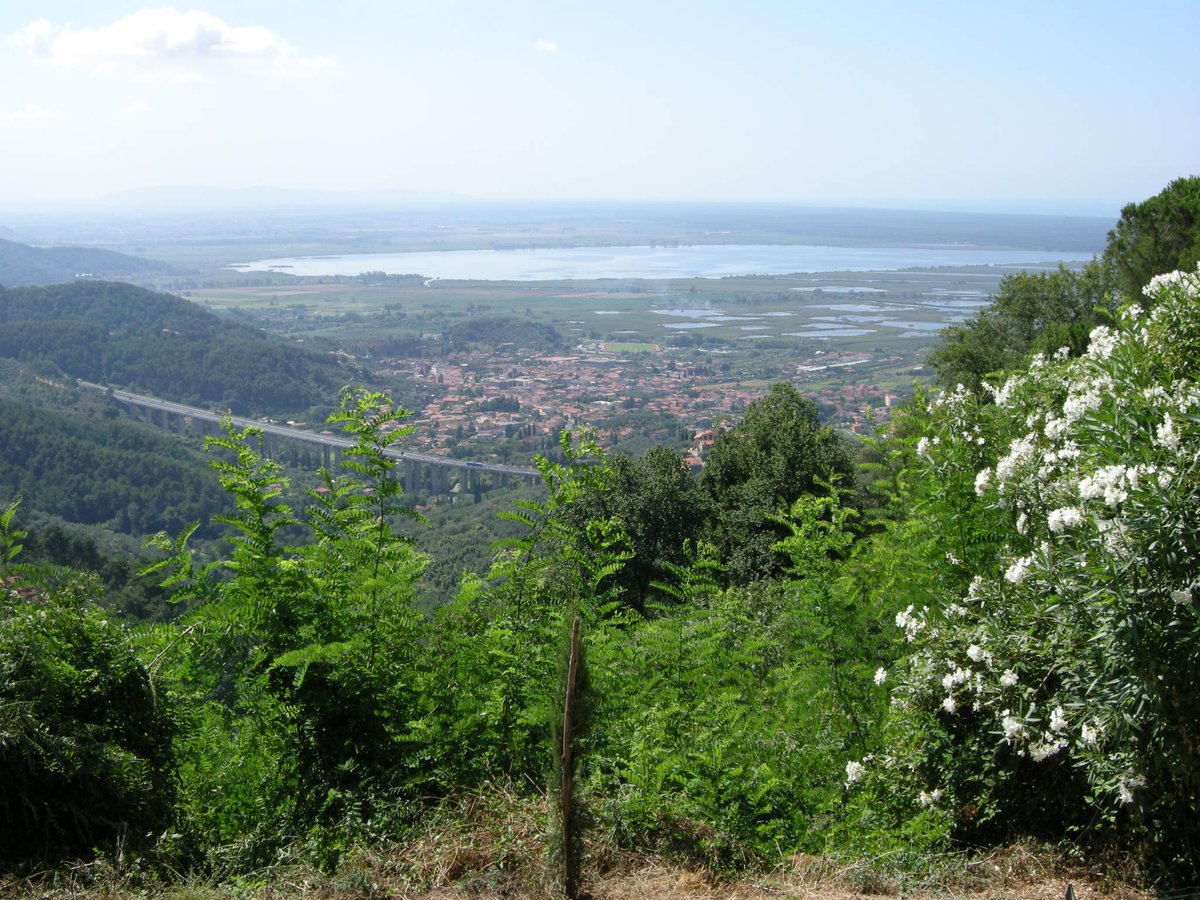There is some great evidence emerging for local Bronze Age #viticulture and winemaking on peninsular #Italy - long before the traditionally accepted “Phoenician and Greek introduction”. 🍇🍷
A #thread on recent evidence supporting local Italian expertise... 🧵

A #thread on recent evidence supporting local Italian expertise... 🧵


Early evidence for wild grapevine and grape consumption appears at Epigravettian and #Mesolithic Grotta del Romito (Calabria) and Torre Canne (Apulia). 



Localised domestication may have occurred in Neolithic S Italy and pollen indicates possible early grapevine cultivation c. 2000 BCE in the Massaciuccoli Basin, Tuscany. 

Grape pip deposits show domestication traits in Tuscany and near Modena through Bronze Age contexts, as well as exploitation of the vine preferred over Cornelian Cherry around Ferrara from the Middle-Late BA (c. 1400-1170 BCE). 

Cultivation is indisputable by 1200 BCE in Campania, through the remains of pruned vines found in a rubbish deposit at Santa Maria Capua Vetere. 

Archaeobotanical material from LBA Calabria suggests a peak in grapevine cultivation beyond domestic use, coinciding w/increasing traffic b/w the Aegean/Mycenaean worlds and Italy. Supported by archaeological material and local production/imitation of related ceramics. 

Pressed grape residues and pruned vines at 10th-9th c. BCE Longola di Poggiomarino on the river Sarno and Villanovan Gran Carro clearly indicate established local practice and expertise by this time. 



There is now a strong case for *localised* Bronze Age, perhaps even Neolithic, Italian cultures experimenting with grapes and fermentation at some point.
#Archaeology is beautiful. Theories constantly re-written. 🙃
📷 Neolithic winery, Georgia.
#Archaeology is beautiful. Theories constantly re-written. 🙃
📷 Neolithic winery, Georgia.

From a forthcoming chapter. Also referencing: @dr_bone_lady @LisaLodwick; Mercuri et al. 2021; Motta & Beydler 2020; De Lorenzis et al. 2020; Marvelli et al. 2013; Lentjes & Semerari 2016; Ridgway 1992; Menozzi et al. 2002; Cardarelli et al. 2015; Pecci et al. 2020.
• • •
Missing some Tweet in this thread? You can try to
force a refresh















